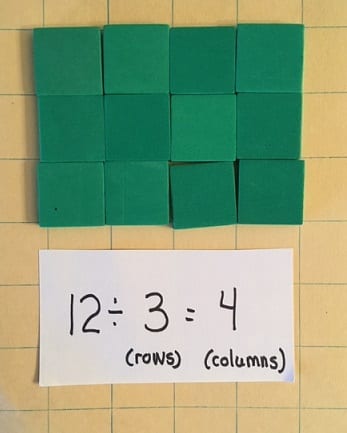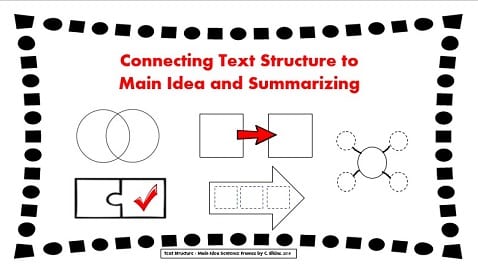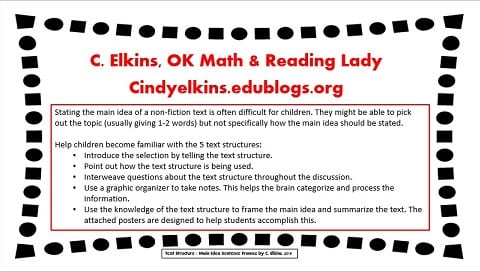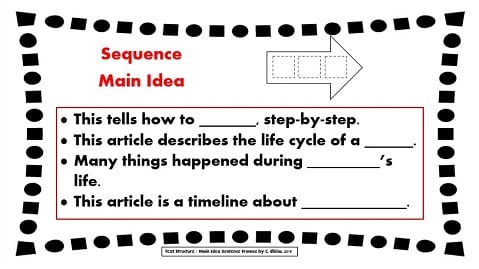by C. Elkins, OK Math and Reading Lady
I am unable to add a new blog post today, so I am slipping in a previous post that might be helpful and save you $$ on printing!
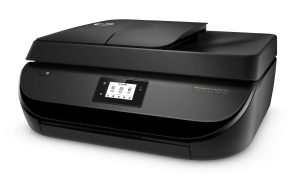 Do you want to make task cards and cool colorful activities for your students, but can’t afford the cost of the color ink to print these things? I feel I just have to pass this tip along to you because it has been a real money saver for me.
Do you want to make task cards and cool colorful activities for your students, but can’t afford the cost of the color ink to print these things? I feel I just have to pass this tip along to you because it has been a real money saver for me.
When I bought an HP home printer, I enrolled in their HP Instant Ink plan hoping it would save me money on ink costs. With an HP Instant Ink plan, I can choose a 50 page a month plan ($2.99), a 100 page a month plan ($4.99), or a 300 page a month plan ($9.99). The best thing is that I can print color or black, whatever I choose, and HP monitors my usage (via wireless) so I can check at any time. There’s no extra cost for printing in color!! When the system sees I’m getting low on ink, they mail new cartridges to me in plenty of time so I never run out. And they provide an envelope to return the used cartridges. Any unused pages are rolled over to the next month. If I go over the allotted pages, I am billed $1 per each set of 20-25 pages.
I can cancel or change plans any time I want to. For example, during the school year I use the 300 page plan each month, but during the summer months, I use the 50 or 100 page plan. In essence you are paying for the number of pages you print, and not the ink cartridges.
Because I think it’s such a great plan, I want to pass along the information. If you are interested, click on the link below. If you enroll (check to make sure your printer is eligible) using my link below please, you will get 1 month free (and so will I).
USE GOOGLE CHROME or FIREFOX for this link ——————— NOT INTERNET EXPLORER
Click this link for more info. If you sign up, we will each get 1 free month: try.hpinstantink.com/gLHdm
I am not getting paid to make this statement (other than bill credit if you enroll)– just trying to help us all out with teaching expenses any way I can!
Be sure to check out my new links to my free downloads (in the black bar on the home page).
Cindy Elkins – OK Math and Reading Lady
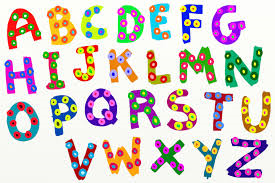



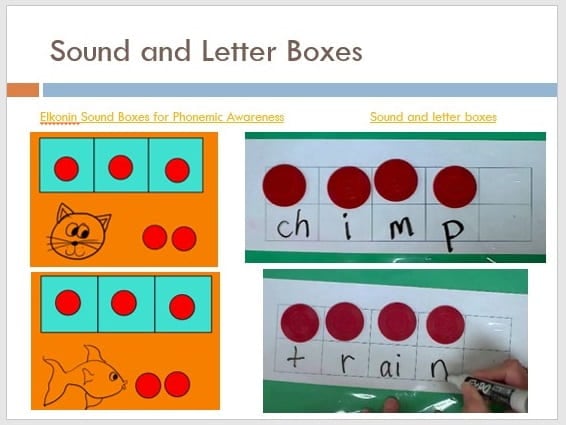
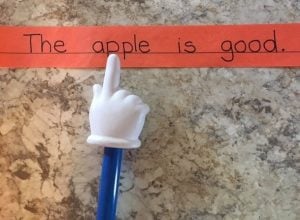

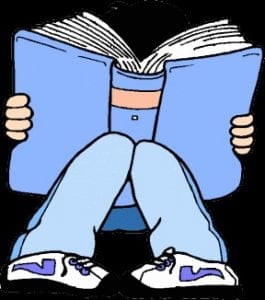
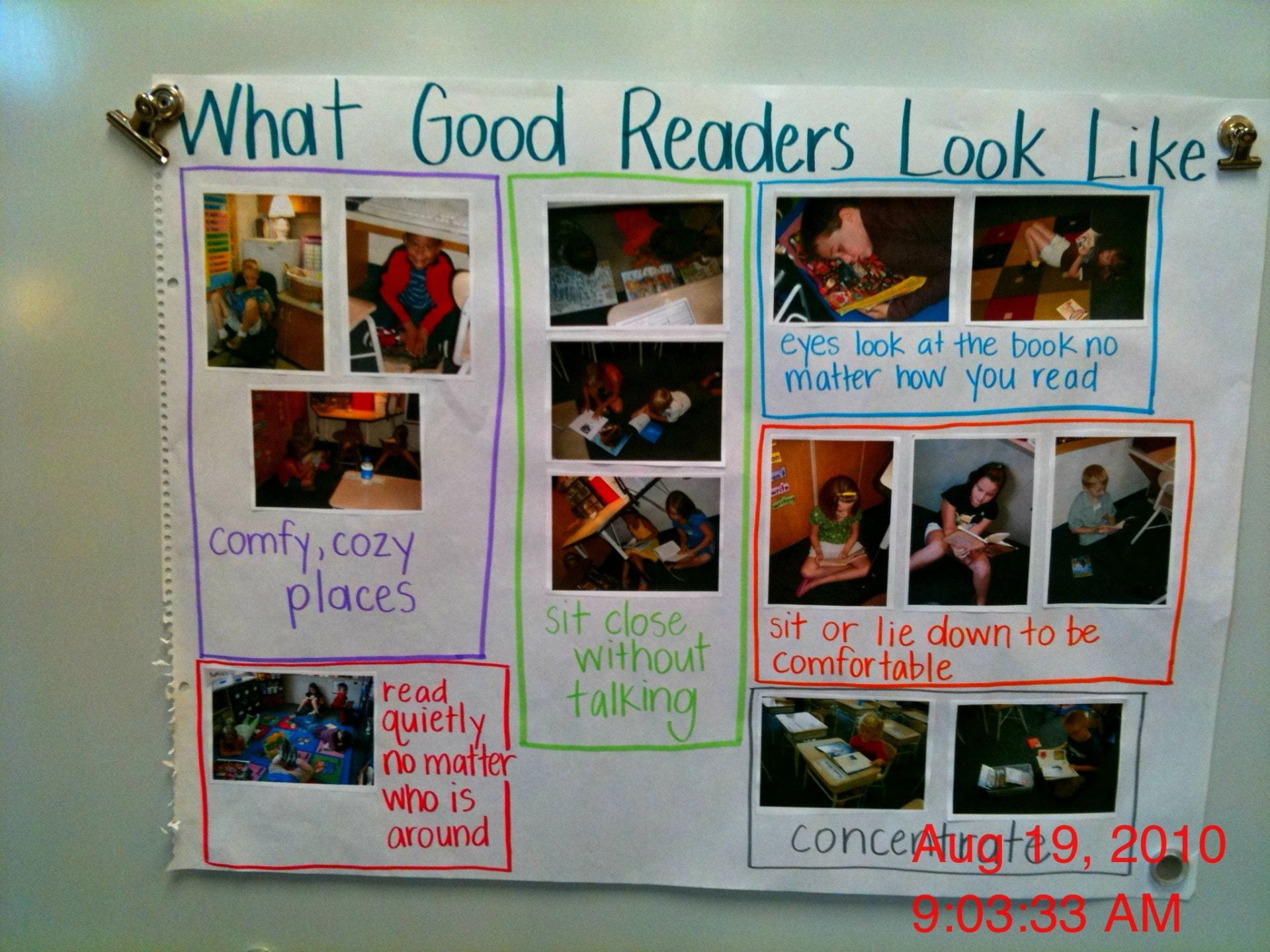




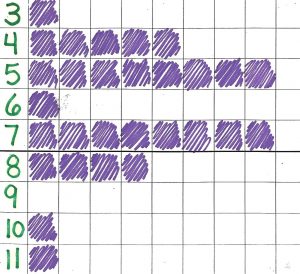
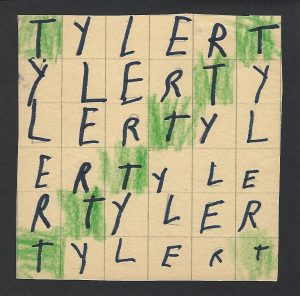
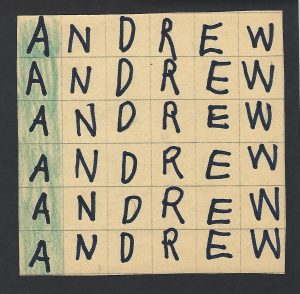

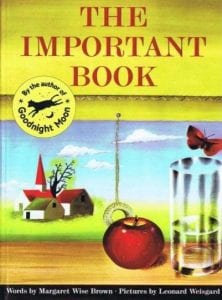
 Miscellaneous parent involvement tips
Miscellaneous parent involvement tips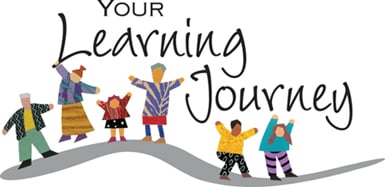

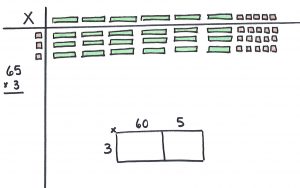
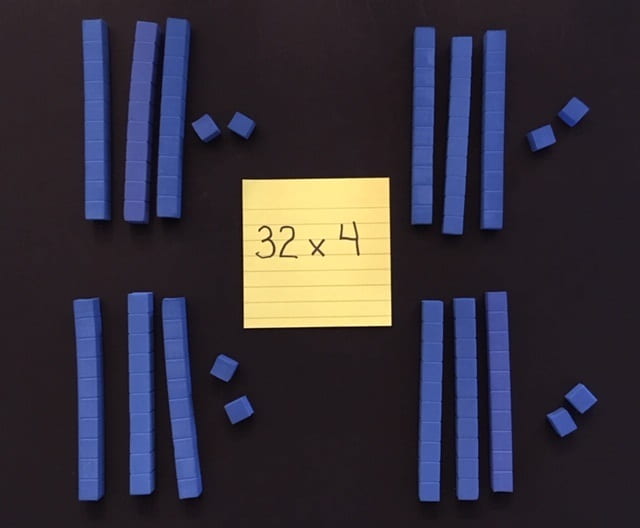
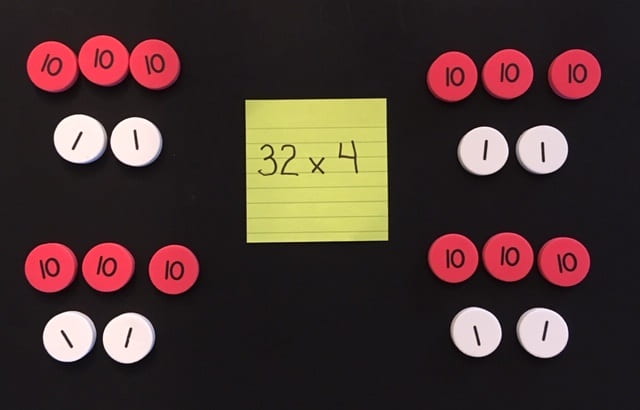


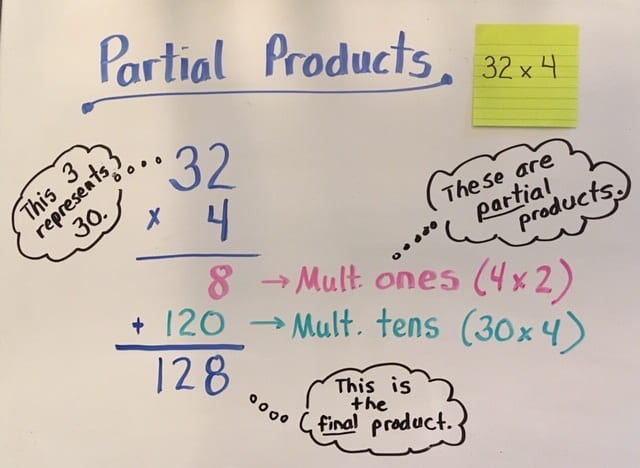



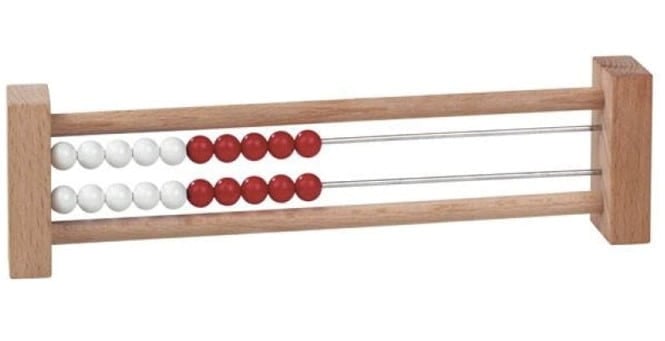





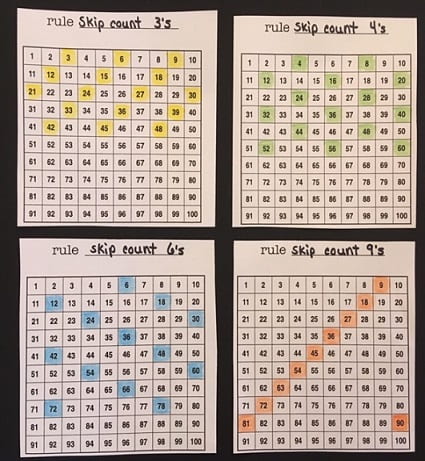
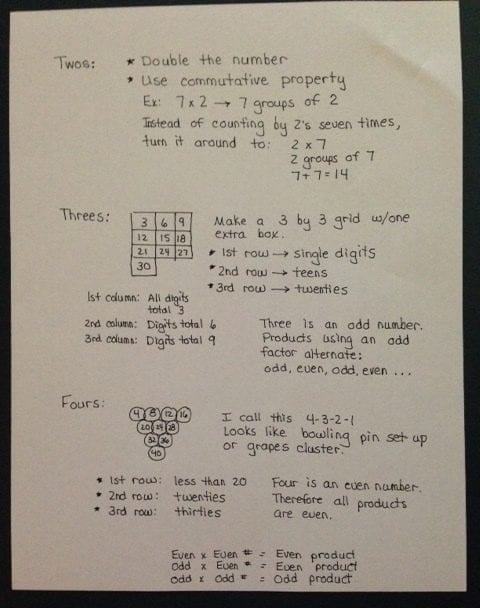

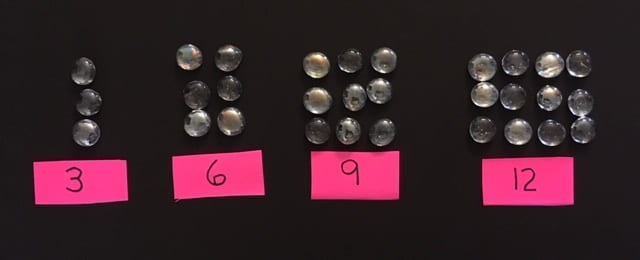

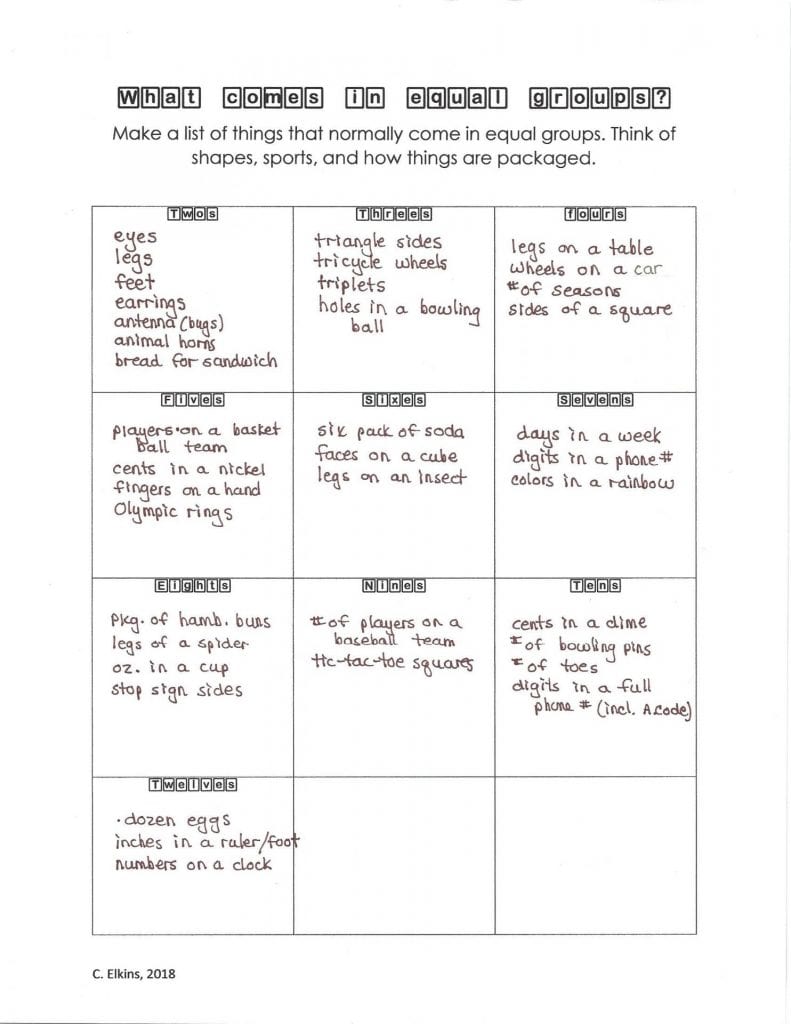

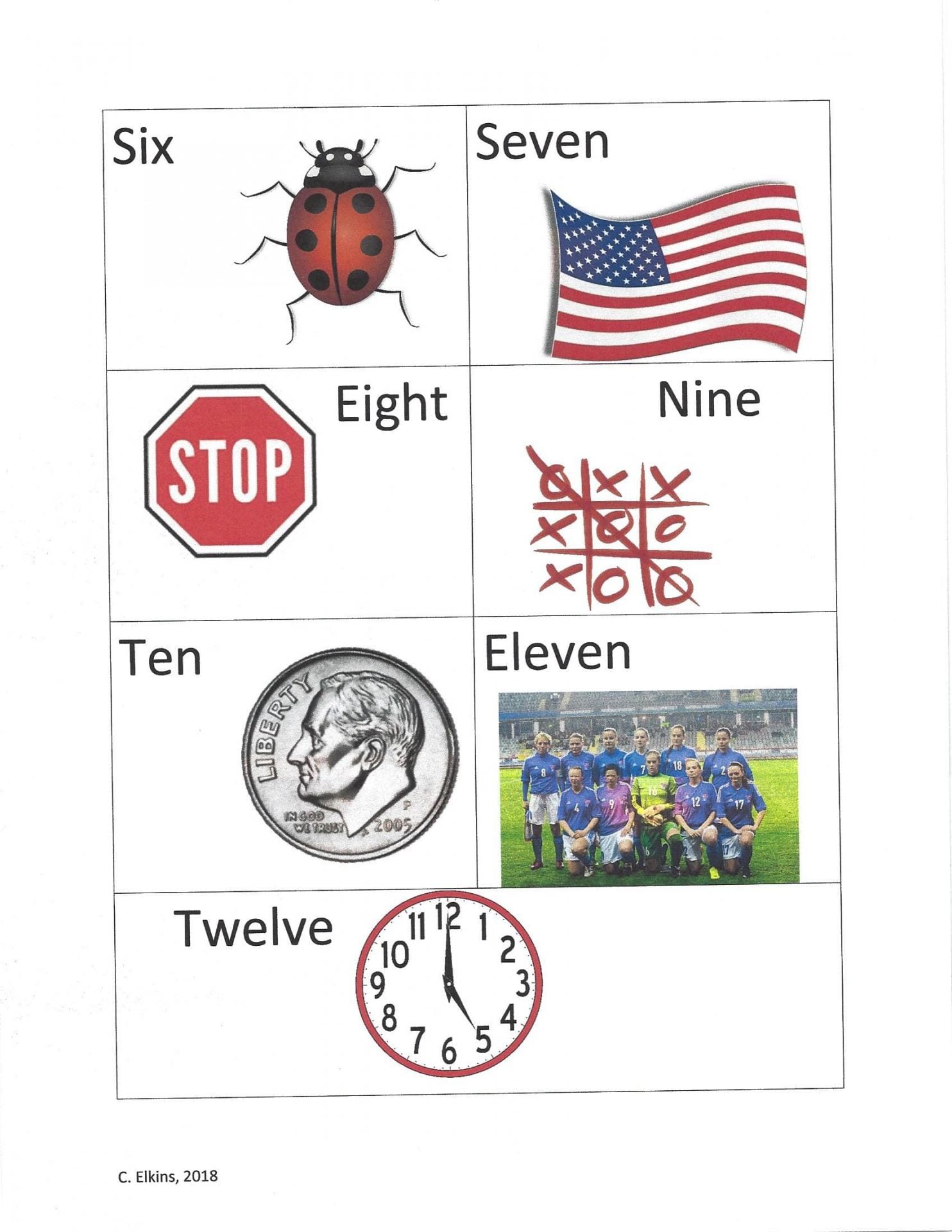
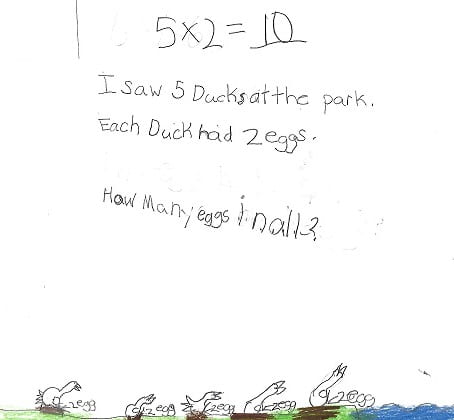
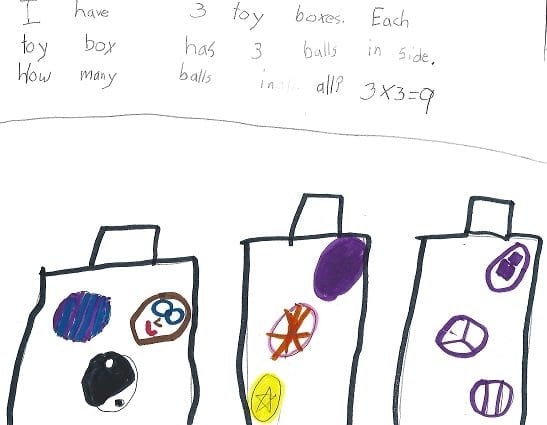


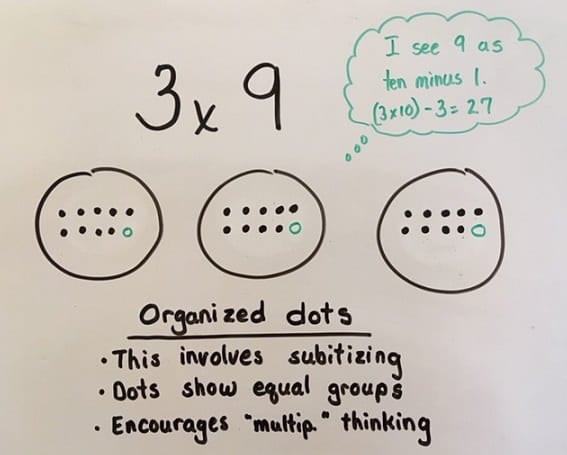
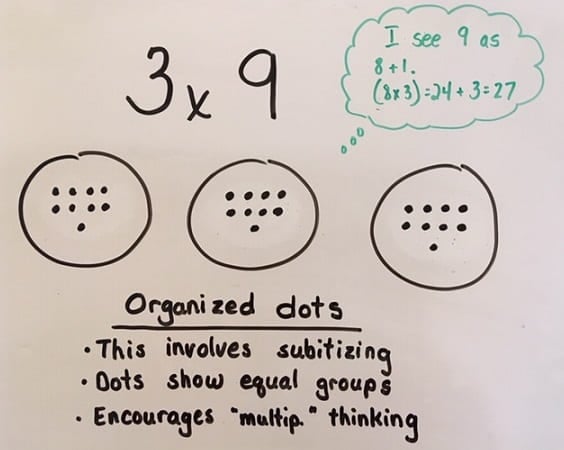
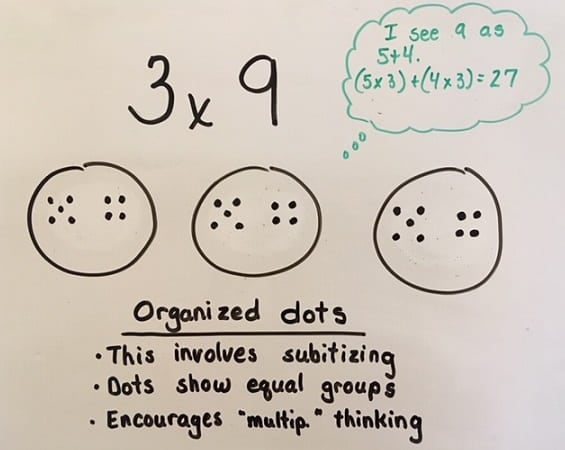
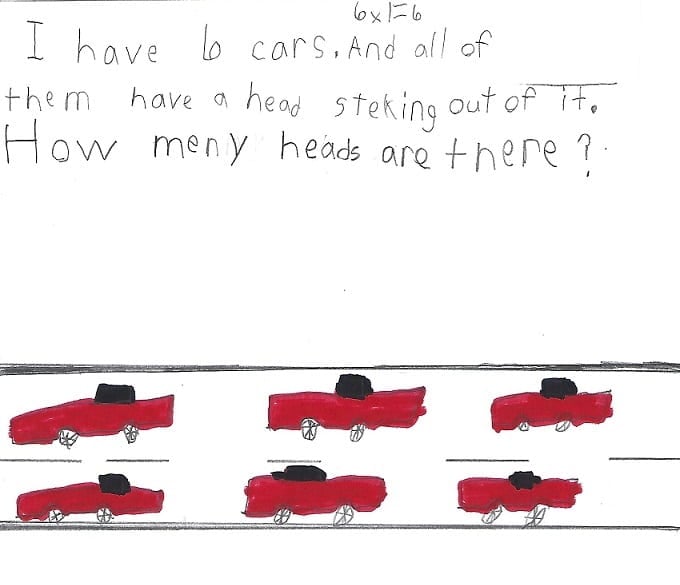
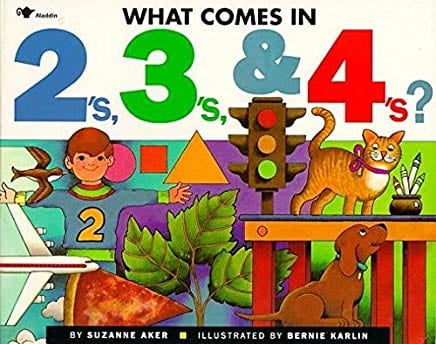




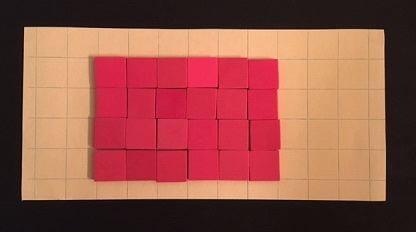

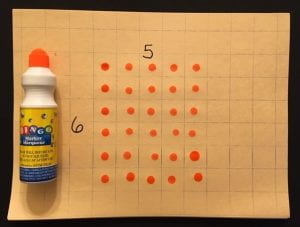

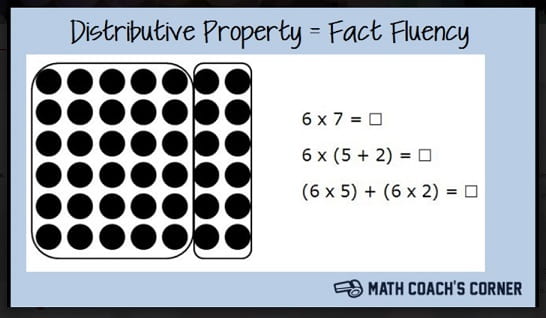 Here is a link to Math Coach’s Corner (image credited above) and a great array resource:
Here is a link to Math Coach’s Corner (image credited above) and a great array resource: 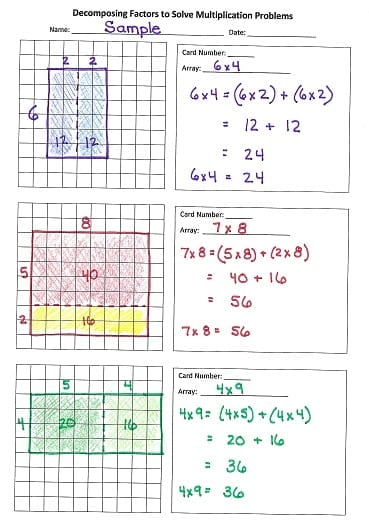
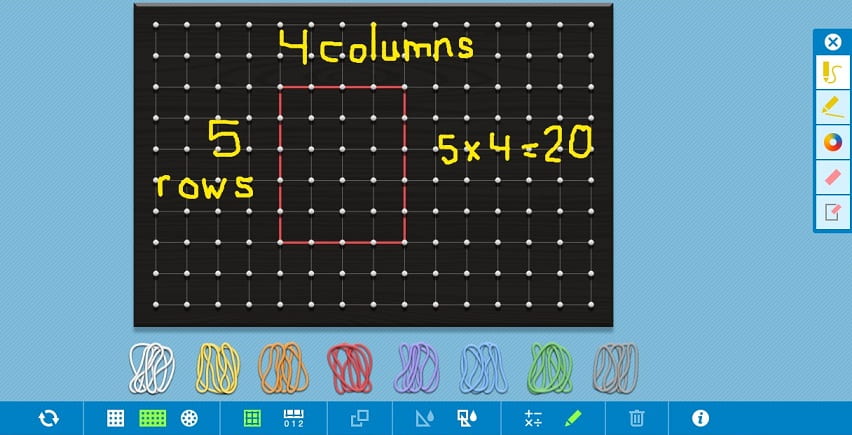

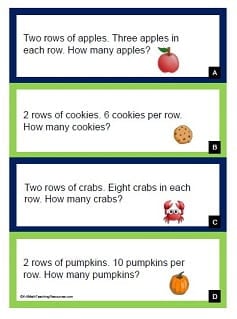
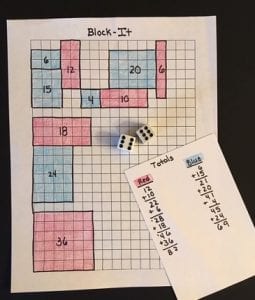
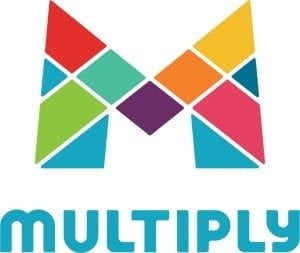
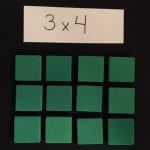




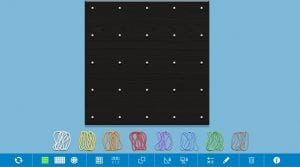 Check out the little “i” on how to get the most use out of it, but it has 2 variations for the board size and you can show it with/without gridlines or numbers. There are different colored bands which you drag to the board and stretch to whichever pegs you need. You can shade in areas, copy, and rotate (which is helpful to see if 2 similar shapes are equivalent). There is also a drawing palette in case you want to freehand something or draw lines (and with different colors as well).
Check out the little “i” on how to get the most use out of it, but it has 2 variations for the board size and you can show it with/without gridlines or numbers. There are different colored bands which you drag to the board and stretch to whichever pegs you need. You can shade in areas, copy, and rotate (which is helpful to see if 2 similar shapes are equivalent). There is also a drawing palette in case you want to freehand something or draw lines (and with different colors as well).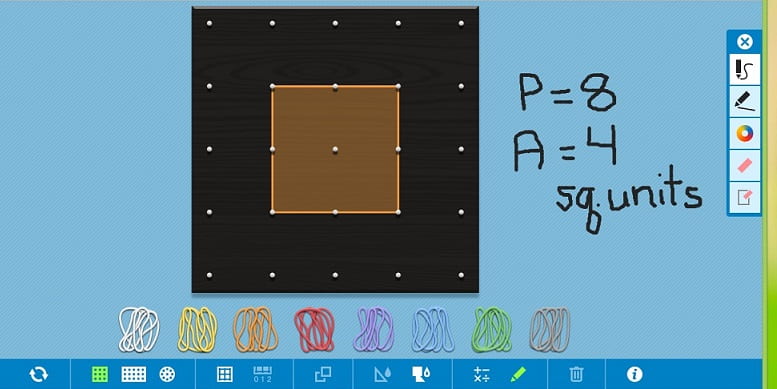


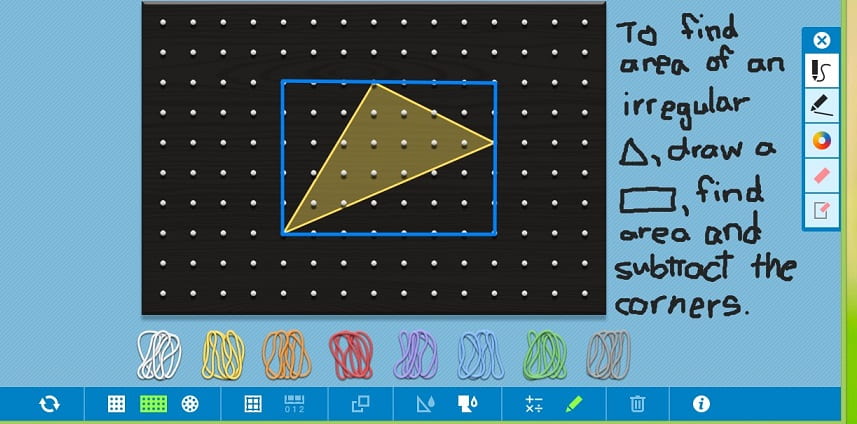

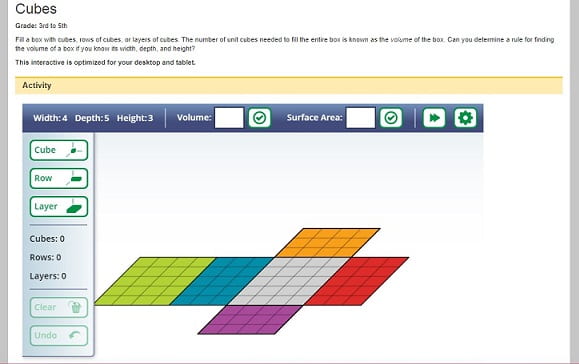



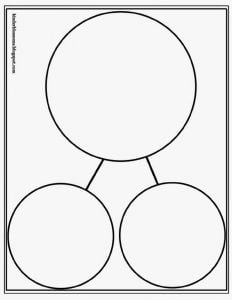
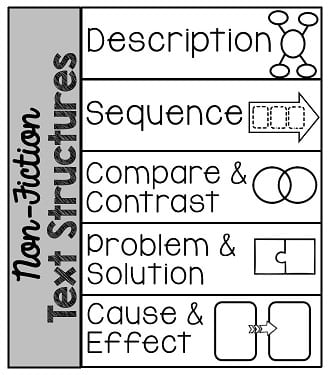
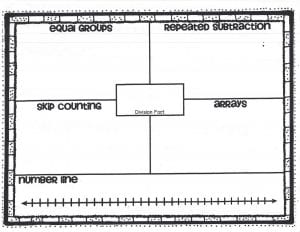
 This post will focus on helping children see division as
This post will focus on helping children see division as 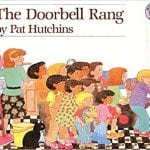 It’s called
It’s called 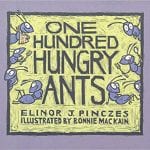 Another great story emphasizing equal groups (as well as arrays) is the story
Another great story emphasizing equal groups (as well as arrays) is the story 



